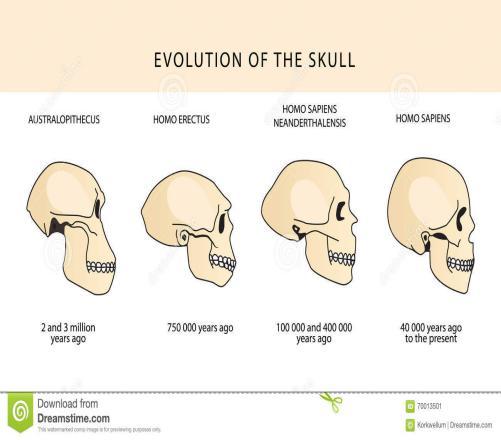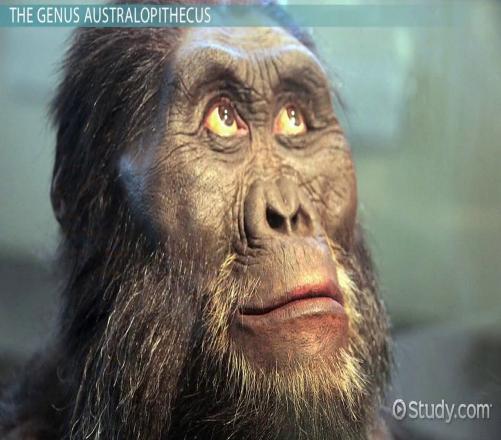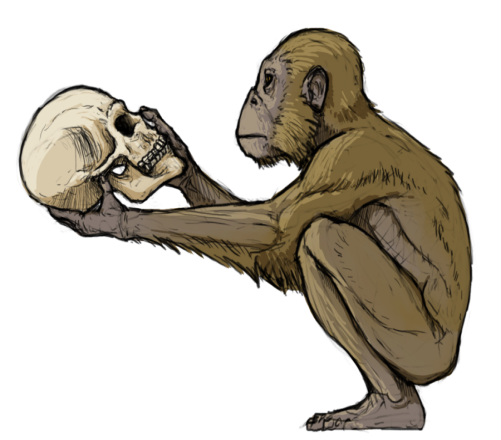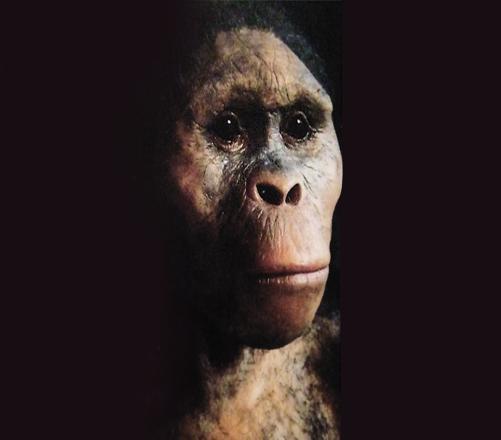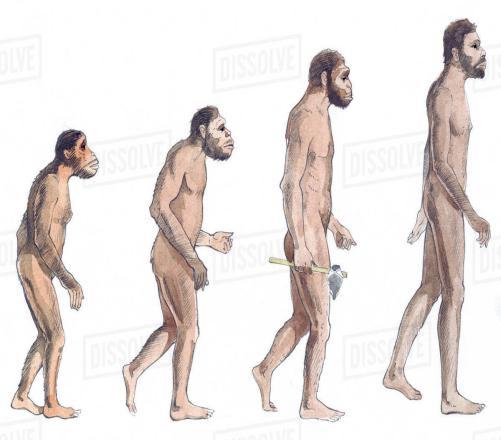Do You Know Australopithecus?

. Australopithecus is an extinct group of mammals believed to be part of the human evolution map. What do you know about this maybe-ancestor? Take this quiz.
- 1.
Which is a species of Australopithecus?
- A.
Broosis
- B.
Anamensis
- C.
Glrions
- D.
Aeriae
Correct Answer
A. Broosis -
- 2.
Australopithecus belong to the Sub-order?
- A.
Rointis
- B.
Pfolini
- C.
Haplorhini
- D.
Hadese
Correct Answer
C. HaplorhiniExplanation
Australopithecus belong to the sub-order Haplorhini. Haplorhini is a sub-order of primates that includes monkeys, apes, and humans. Australopithecus is an extinct genus of hominins that lived between 4.2 and 2 million years ago. They are considered to be early ancestors of humans and are known for their bipedal locomotion. Being classified under Haplorhini indicates their close evolutionary relationship with other primates, including humans.Rate this question:
-
- 3.
Australopithecus were the first hominids to possess genes known as the?
- A.
Pimped genes
- B.
Mutated genes
- C.
Duplicated SRGAP2
- D.
TRNA
Correct Answer
C. Duplicated SRGAP2Explanation
Australopithecus were the first hominids to possess duplicated SRGAP2 genes. This duplication event is believed to have occurred approximately 3.4 million years ago and is unique to the Australopithecus genus. The duplicated SRGAP2 genes are thought to have played a crucial role in the evolution of the human brain by promoting the development of more complex neural connections. This genetic adaptation may have contributed to the cognitive abilities and increased brain size observed in later hominids, including modern humans.Rate this question:
-
- 4.
In what year was the Australopithecus skeleton nicknamed "Little Foot" found?
- A.
1909
- B.
1997
- C.
1987
- D.
1994
Correct Answer
B. 1997Explanation
The Australopithecus skeleton nicknamed "Little Foot" was found in 1997.Rate this question:
-
- 5.
How many species of Australopithecus are generally accepted by scientists?
- A.
2
- B.
3
- C.
5
- D.
7
Correct Answer
C. 5Explanation
Scientists generally accept that there are 5 species of Australopithecus. Australopithecus is a genus of extinct hominins that lived in Africa between 4.2 and 1.2 million years ago. The five accepted species are Australopithecus afarensis, Australopithecus africanus, Australopithecus anamensis, Australopithecus garhi, and Australopithecus sediba. These species are known from fossil remains and have contributed significantly to our understanding of human evolution.Rate this question:
-
- 6.
Fossil record shows that Australopithecus is the common ancestor of a distinct group of hominids called?
- A.
Nioser
- B.
Fortemis
- C.
Paranthropus
- D.
Larathis
Correct Answer
C. ParanthropusExplanation
The correct answer is Paranthropus. The fossil record supports the idea that Australopithecus is the common ancestor of a distinct group of hominids called Paranthropus. Paranthropus is a genus of extinct hominins that lived between 2.6 and 1.1 million years ago. They are characterized by their robust cranial and dental features, suggesting a different evolutionary path from the Homo genus. The fossil evidence shows a clear lineage from Australopithecus to Paranthropus, making it the correct answer.Rate this question:
-
- 7.
It has been deduced from archaeological records that the Australopithecus was?
- A.
Frugivorous
- B.
Parasitic
- C.
Producer
- D.
Organic
Correct Answer
A. FrugivorousExplanation
Based on archaeological records, it has been deduced that the Australopithecus was frugivorous. This means that they primarily consumed fruits as their main source of food. This conclusion is likely drawn from the analysis of their dental and skeletal remains, which indicate adaptations for a diet that includes fruits. Other factors, such as the presence of fruit remains in their fossilized feces or the study of their habitats, may also contribute to this deduction.Rate this question:
-
- 8.
In what year was the type specimen for genus Australopithecus discovered?
- A.
1987
- B.
1999
- C.
1924
- D.
1930
Correct Answer
C. 1924Explanation
In 1924, the type specimen for genus Australopithecus was discovered.Rate this question:
-
- 9.
In 1997, an almost complete Australopithecus skeleton with skull was found in?
- A.
Poland
- B.
Germany
- C.
South Africa
- D.
London
Correct Answer
C. South AfricaExplanation
The correct answer is South Africa because South Africa is known for its rich fossil record and has been a significant location for the discovery of early human ancestors. The finding of an almost complete Australopithecus skeleton with a skull in South Africa in 1997 further supports the country's importance in the field of paleoanthropology.Rate this question:
-
- 10.
Which of these is a specie of Australopithecus?
- A.
Lousti
- B.
Robustus
- C.
Amoustus
- D.
Nivredi
Correct Answer
B. RobustusExplanation
Robustus is a species of Australopithecus. Australopithecus robustus is an extinct hominin species that lived in South Africa around 2-1.2 million years ago. It is known for its robust cranial and dental features, indicating a diet that included tough foods. This species is an important part of the human evolutionary tree and provides insights into the early stages of human evolution.Rate this question:
-
Quiz Review Timeline +
Our quizzes are rigorously reviewed, monitored and continuously updated by our expert board to maintain accuracy, relevance, and timeliness.
-
Current Version
-
Mar 20, 2023Quiz Edited by
ProProfs Editorial Team -
Jan 10, 2018Quiz Created by
Jaksiboy






